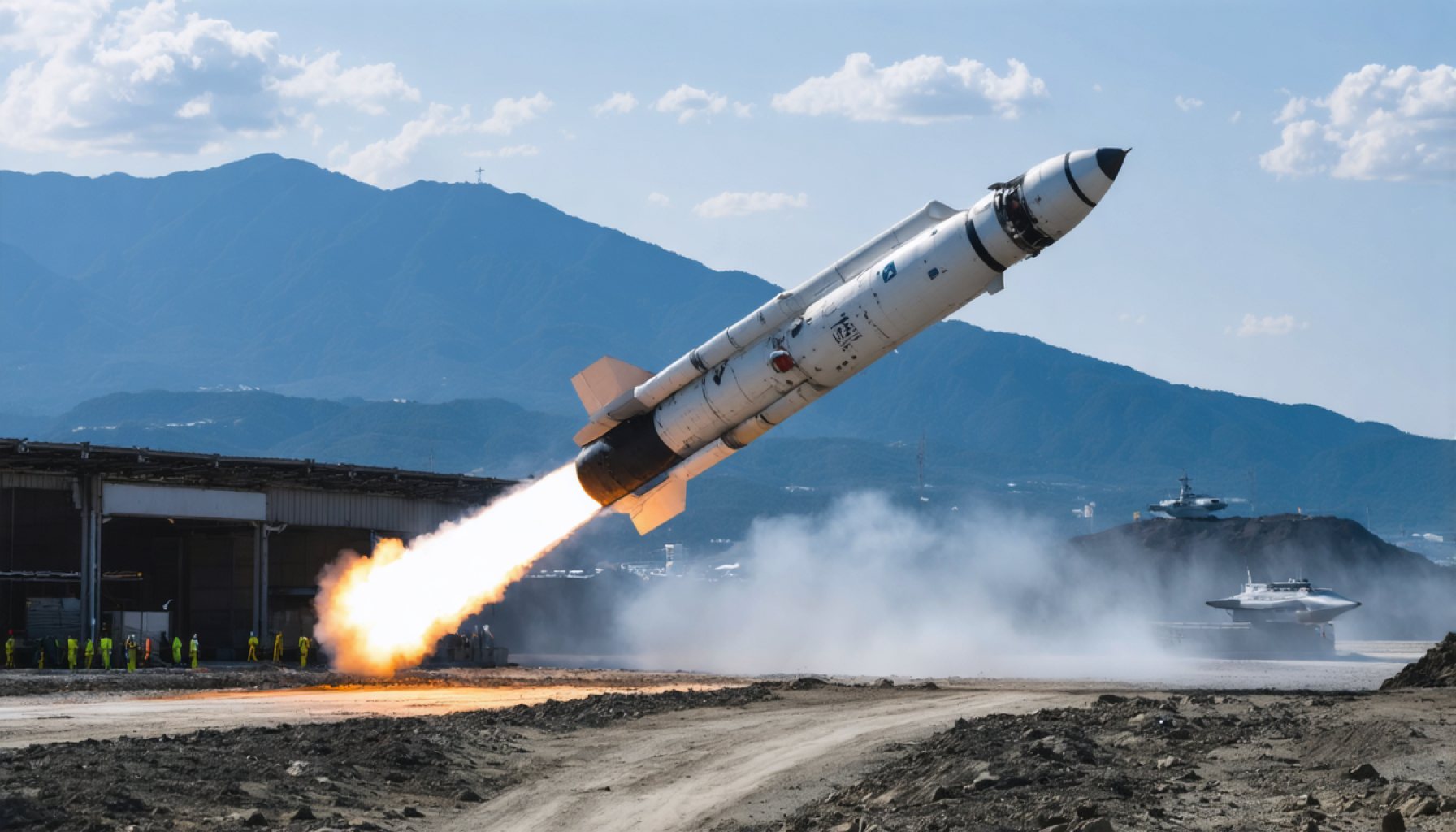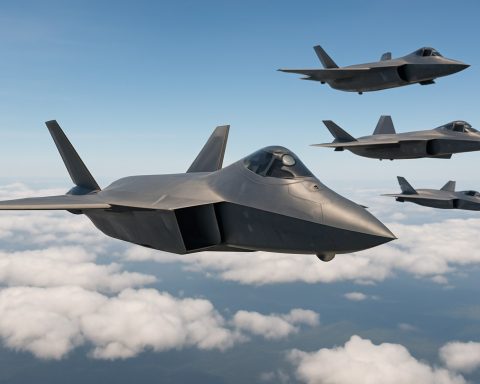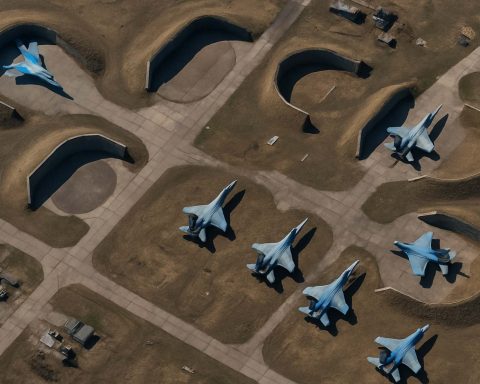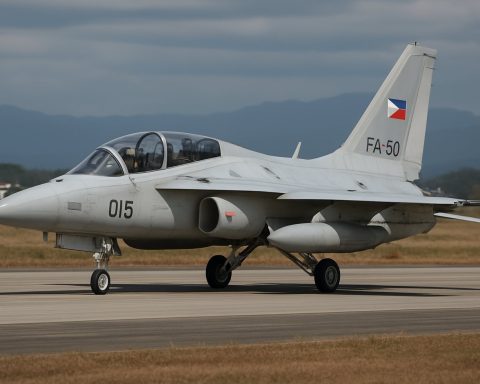- The H-2A rocket series concludes after 22 years, marking a significant milestone in Japan’s space exploration with its final launch at Tanegashima Space Center.
- Since 2001, the H-2A has achieved a commendable success rate of approximately 98% across 50 missions, carrying critical payloads such as the Himawari weather satellites and the Hayabusa2 asteroid probe.
- This final mission includes deploying the GOSAT-GW satellite for monitoring greenhouse gases and global water cycles, emphasizing environmental stewardship.
- The transition to the H3 rocket series promises enhanced capabilities and cost efficiency, with its first successful launch in February last year.
- Japan remains dedicated to advancing space exploration, driven by innovation and the pursuit of knowledge for future endeavors.
A sense of nostalgia mingles with anticipation as the engines of the final H-2A rocket prepare for ignition at the ruggedly scenic Tanegashima Space Center in Japan’s Kagoshima Prefecture. Gazing over the waves that meet the foot of the launch site, engineers and space enthusiasts alike reflect on two decades of technological triumph. As this 50th rocket pierces the sky, it carries not only a payload of advanced satellite technology but also the legacy and dreams of a nation devoted to exploring the cosmos.
Since its inaugural flight in 2001, the H-2A rocket series has etched its name in the annals of space exploration with a commendable success rate of approximately 98%. With only one setback among 49 missions—a reminder of the ever-present challenges of space travel—these rockets have been steadfast chariots delivering critical payloads into orbit. Notable among its cargo were the Himawari weather satellites, which have played a crucial role in weather forecasting, and the Hayabusa2 asteroid probe, a testament to human curiosity and ingenuity that expanded our understanding of the celestial objects.
Yet, as all great technological endeavors must, the H-2A makes way for the future. This milestone marks the transition to the more advanced H3 series, developed through the combined expertise of the Japan Aerospace Exploration Agency (JAXA) and Mitsubishi Heavy Industries Ltd. Launched successfully for the first time in February last year, the H3 rockets promise heightened capabilities with considerably reduced costs, a crucial evolution in the competitive arena of space exploration.
This final mission of the H-2A, initially scheduled for the previous year, awaits the deployment of the GOSAT-GW satellite, designed to monitor greenhouse gases and global water cycles—a reminder of the delicate balance we must maintain in our stewardship of Earth. This hiatus was not merely a delay but an opportunity for innovation and improvement, the hallmarks of Japan’s approach to rocket science and space exploration.
On the horizon of innovation and exploration, Japan stands poised to push boundaries further. The key takeaway from the H-2A’s legacy is clear—commitment to excellence and the courage to embrace the next chapter, ensuring that the quest for knowledge continues to propel humanity forward into the infinite possibilities of space.
Japan’s H-2A Rocket Legacy: A Gateway to Future Space Exploration
Uncovering the Full Story Behind the H-2A Rocket’s Legacy
The H-2A rocket series has been a vital cornerstone of Japan’s space exploration efforts, successfully launching payloads into orbit since its first mission in 2001. As the final H-2A rocket takes flight, we delve into the elements of its legacy and what comes next for Japan in the aerospace industry.
Key Achievements and Contributions
1. Success Rate and Reliability: With an impressive success rate of approximately 98%, the H-2A rocket has had only one significant failure over 49 missions. This high reliability is a testament to Japan’s meticulous engineering standards and dedication to technological excellence.
2. Significant Payloads: The H-2A has delivered vital payloads, including:
– Himawari Weather Satellites: These have been crucial in weather monitoring and forecasting throughout Asia, improving disaster preparedness and management.
– Hayabusa2 Asteroid Probe: Notably, Hayabusa2’s mission helped collect samples from the asteroid Ryugu, opening new pathways in planetary science and understanding the origins of the solar system.
3. Transition to H3 Series: The development of the H3 rocket series represents a significant step forward, aiming for enhanced technology and cost-efficiency. The H3 rockets are designed with a more adaptable configuration to meet diverse mission requirements, positioning Japan as a competitive player in the global market.
How-To Steps & Life Hacks
– Preparing for Space Launches: For those intrigued by aerospace engineering, key steps in rocket preparation include extensive testing, real-time data analysis, and ensuring every component is manufactured to precise specifications.
– Application in Satellite Operation: Understanding satellite mechanics and orbits can help identify how data are collected from space to benefit everyday technology, such as GPS systems and telecommunications.
The Future of Japanese Space Exploration
– Market Forecasts & Industry Trends: The global space industry is projected to grow significantly, and Japan’s focus on cost-effective and reliable launch vehicles places it in a strategic position to cater to commercial and governmental space exploration missions.
– Collaborative Endeavors: Japan is likely to continue collaborating internationally to share knowledge and resources, enhancing its role in global space Partnerships, such as its ongoing commencement with NASA and ESA.
Reviews & Comparisons
– H2A vs. H3: The H3 model introduces significant advancements, such as reduced launch costs and greater payload capacity. In comparison, the H2A laid a robust foundation of reliability and history but was restricted by higher operational costs.
– Security & Sustainability: The H3 series incorporates more eco-friendly fuel options and materials, emphasizing Japan’s commitment toward sustainable space exploration.
Pros & Cons Overview
Pros:
– High reliability and success in past missions.
– Significant contribution to space science and earth observation.
Cons:
– The H2A was relatively expensive per launch compared to emerging technologies.
– Transitioning to a new series poses logistical challenges and requires adaptation of existing technologies.
Security & Sustainability Insights
The incorporation of environmentally friendly practices in rocket design is becoming increasingly critical. Japan’s focus on reducing the carbon footprint of launches aligns with global sustainable practices, such as using cleaner fuel alternatives and designing rockets that minimize space debris.
Actionable Recommendations
– Engage with Space Technology: For enthusiasts, following Japan’s space missions can provide insights into cutting-edge technology. Subscribing to updates from organizations like JAXA offers deeper involvement with ongoing developments.
– Support STEM Education: Encouraging young learners to pursue careers in science, technology, engineering, and mathematics is crucial. Supporting educational initiatives will ensure Japan remains at the forefront of innovation in space exploration.
In summary, as Japan transitions from the H-2A to the H3 series, it solidifies its role as a leader in the exploration of space, continuing to inspire future generations of engineers and scientists globally.







